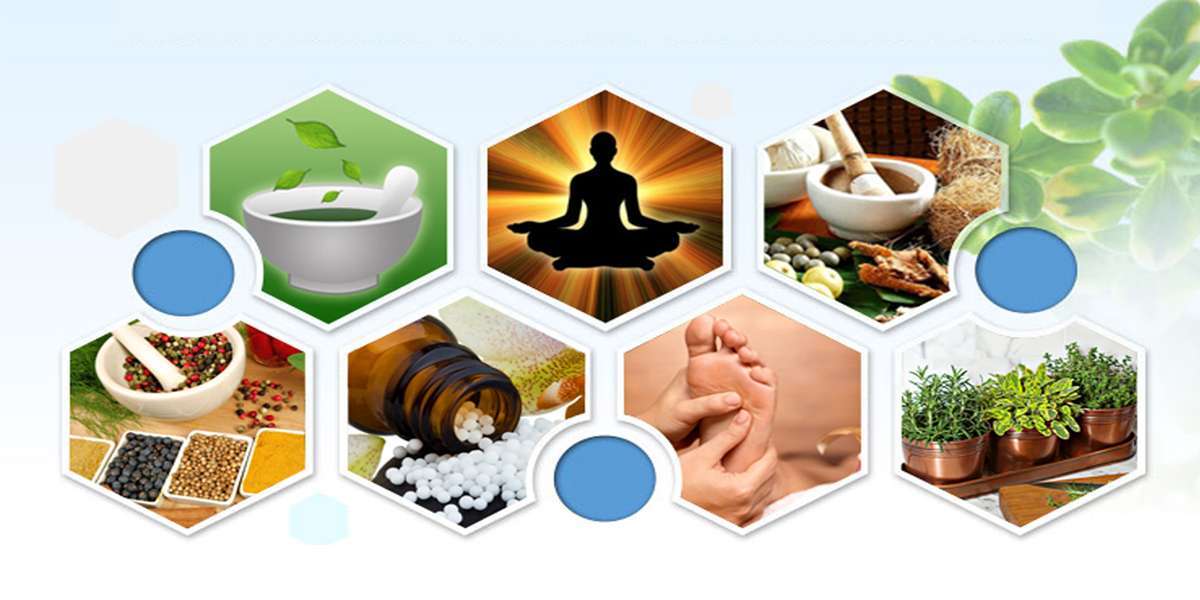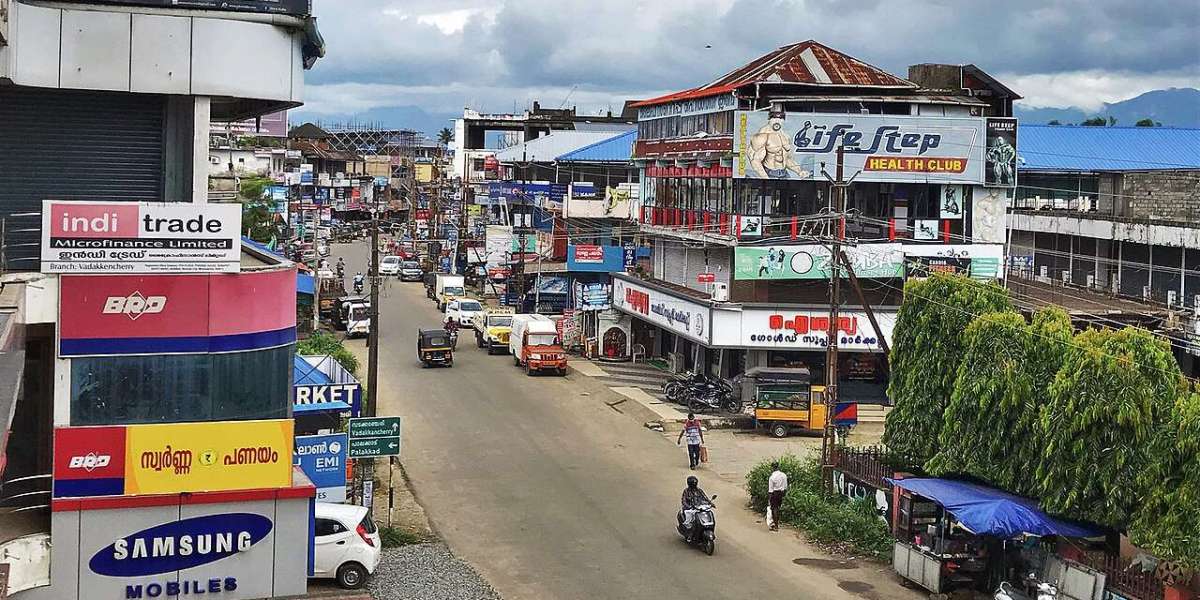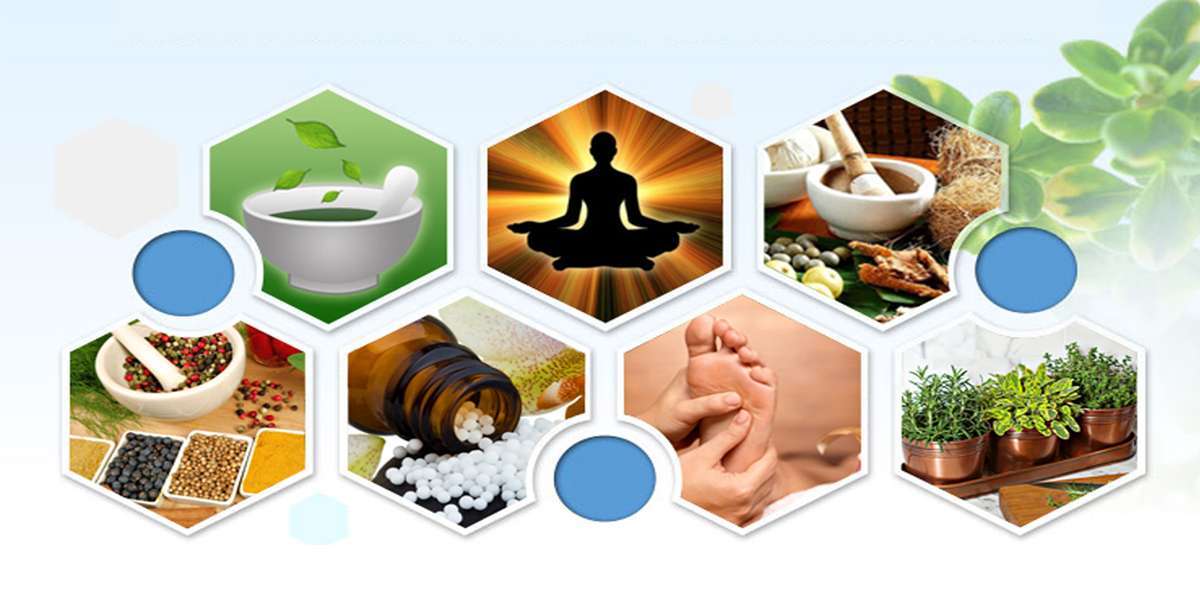Kerala is often called the cradle of Ayurveda, yet the state’s Indian Systems of Medicine (ISM) Department today spans far beyond classical therapies. According to a March 2025 departmental FAQ, the network now runs 130 hospitals and 818 dispensaries, covering Ayurveda, Siddha, Unani and Naturopathy. Add the 257 AYUSH Primary Health Centres managed by the National Health Mission and Kerala possesses one of India’s densest public-sector traditional-medicine grids.
On the project side, the National AYUSH Mission (NAM) bankrolls flagship initiatives such as Snehadhara (Ayurvedic palliative care), Santhwanam (support for endosulfan-affected families in Kasaragod) and Pranashakthi (Ayurveda + physiotherapy for motor-neuron disease). Yet patients still queue at dawn for tokens, rural dispensaries run out of essential decoctions, and junior doctors fax monthly reports to Thiruvananthapuram.
Weone, Kerala’s citizen-first super-app launched by the startup company Intia with the support of the Local Self-Government Department, can weave these scattered services into a single, real-time healing platform. Here’s a blueprint grounded in current numbers and field gaps.
1. Locator & live-queue map for 1,200+ facilities
A new mother in Kollam may not know that a Siddha hospital lies 7 km away, or whether the nearest Ayurveda PHC still has paediatric arishtams in stock. By geocoding every 130 hospitals, 818 dispensaries and 257 PHCs, weone can show:
· colour-coded pins (green = OP ticketing open, red = closed);
· live queue length from the e-Hospital or OP-counter feed; and
· day’s special clinics – geriatrics, infertility, yoga.
Patients book an e-token, cut waiting time and see medicine availability before they travel.
2. One-tap e-registration & follow-up reminders
ISM hospitals are migrating to the Centre’s e-Hospital platform, but paper slips still dominate OP follow-ups. Wrapping the same API into weone lets a user:
1. Register with Aadhaar + mobile, generating a permanent AYUSH UHID.
2. Receive push reminders when to refill Kashayams or attend the next Panchakarma sitting.
3. Download digital prescriptions — critical for insurance or overseas travellers.
This bridges continuity-of-care gaps without new software.
3. Medicine-stock dashboard tied to Oushadhi supply chain
The public-sector pharma Oushadhi supplies over 450 formulations; shortages force patients to expensive private pharmacies. A lightweight store-room app on the pharmacist’s phone pushes stock counts to ‘weone’ every evening. When Hinguvachadi churnam drops below 10 days’ buffer, an auto-alert pings the district depot. Patients tracking that drug see an amber badge and can route themselves to an outlet with stock, making supply chains transparent both ways.
4. Tele-expert clinics & cross-referral channel
Kerala’s five government Ayurveda colleges host 75+ post-graduate departments, but their expertise seldom reaches PHCs. Weone can schedule weekly tele-OPDs: dermatology on Tuesdays, neuro-rehab on Fridays. Peripheral doctors post de-identified files; specialists reply with protocol and dosage tweaks. A click-through referral button prints a QR slip that the patient shows at the tertiary hospital, unifying the physical and digital journeys.
5. Project enrolment & outcome logging for NAM pilots
Projects like Pranashakthi (motor-neuron disease) require strict inclusion criteria and longitudinal tracking. Inside weone, patients answer eligibility questions, upload lab reports, and receive acceptance within 72 hours. Subsequent visits auto-log VAS-pain scores or Barthel indices; anonymised dashboards let NAM headquarters watch whether scores improve, turning pilot projects into data-rich pilots.
6. Crowd-sourced ADR & herb–drug-interaction watch
Ayurvedic formulations are generally safe, yet Kerala recorded 176 adverse-drug-reaction (ADR) alerts in 2024, mostly gastric issues after Ashta Churna. A “Report Reaction” tile lets users submit symptoms, batch number and a photo of the label. The pharmacovigilance cell at Govt Ayurveda Medical College sees heat-maps of emerging problems, while repeat offenders among private manufacturers face faster sanctions.
7. Feedback, grievance & star-rating loop
Patients rate cleanliness, waiting time and doctor interaction via four emoji taps. Poor scores auto-escalate to the District Medical Officer (ISM). Monthly “Top Performer” lists, dispensaries scoring 4.5+ starsappear in the public feed, nudging peer competition without bureaucratic circulars.
Net Gains
· Patients book slots, locate medicines and access super-specialist advice from home.
· Doctors see follow-up adherence and ADR trends without poring over registers.
· Administrators monitor stock, satisfaction and pilot-project outcomes in real time.
· Government showcases a data-driven revival of traditional medicine—bridging heritage and high-tech on the same screen.
Kerala put Ayurveda on the global wellness map; integrating the ISM Department into weone will keep that legacy thriving in the digital age. When kashayam meets QR code and Panchakarma meets push-notification, healing heritage truly goes high-tech—and every Malayali benefits.
Download weone. Tap into centuries of wisdom — smartly, safely, and on time.







